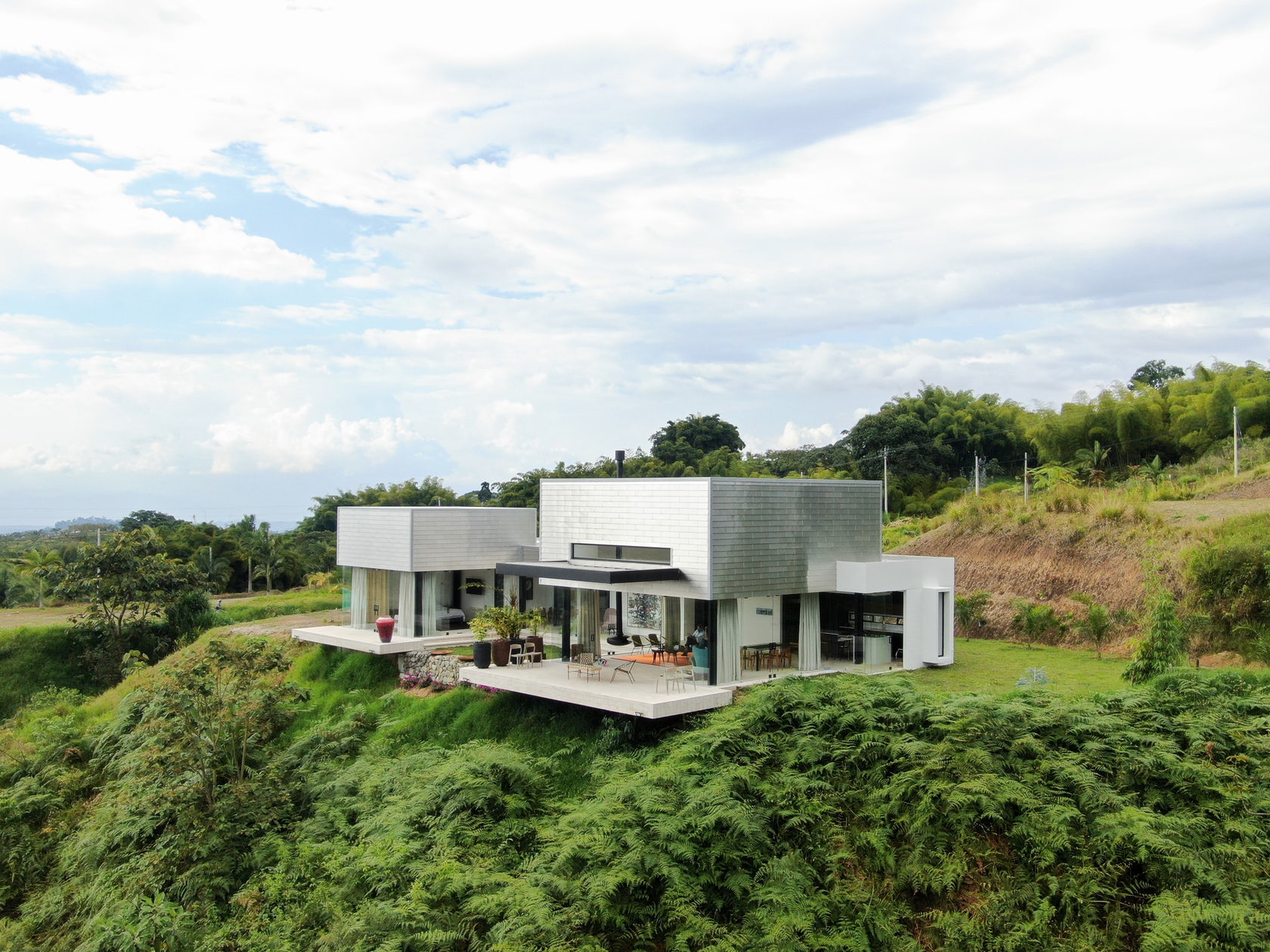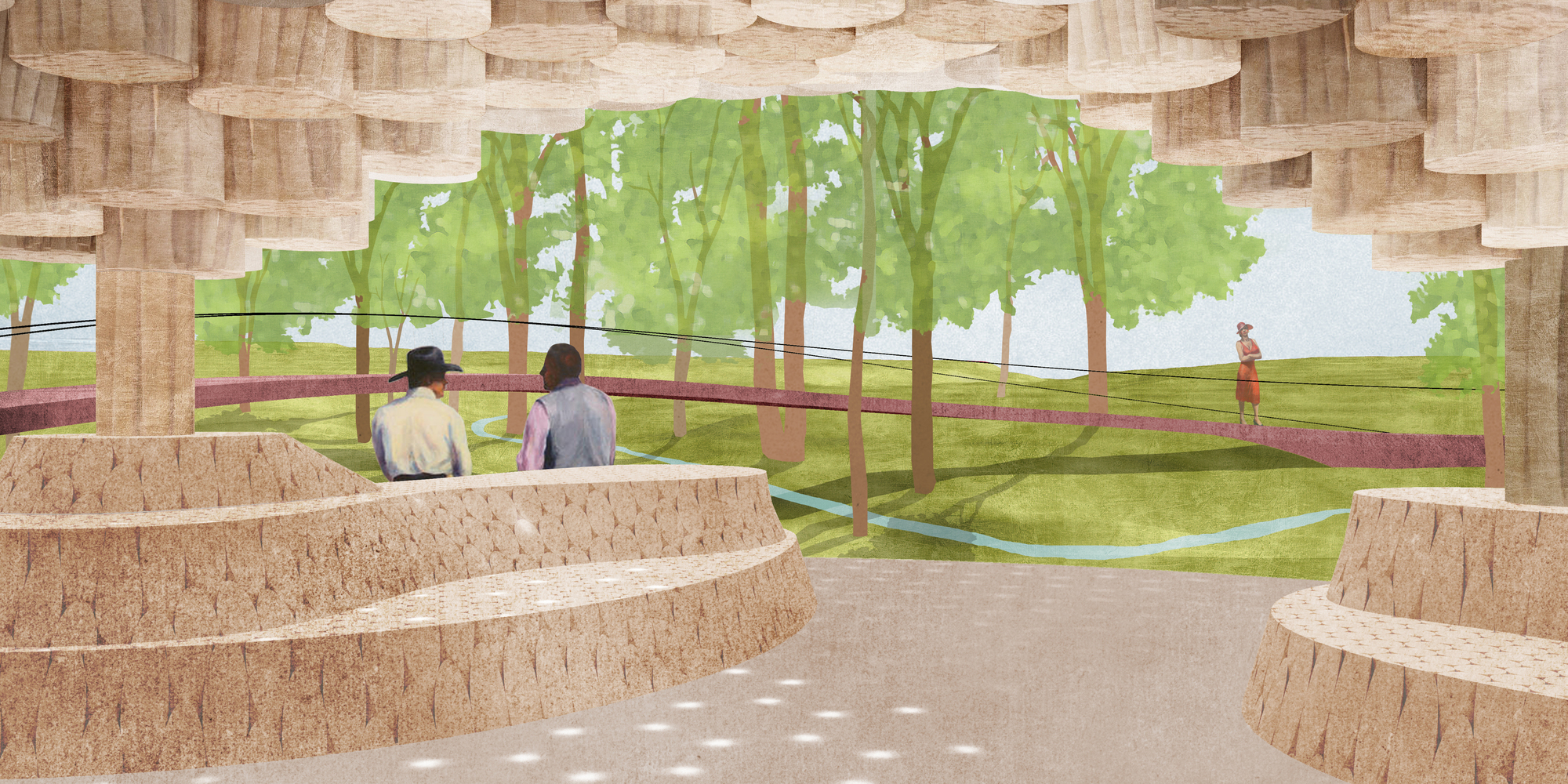Architects: Want to have your project featured? Showcase your work through Architizer and sign up for our inspirational newsletters.
Architizer’s journal is fueled by the creative energy of the thousands of architects from around the world who upload and showcase their incredible work. From conceptual designs to projects under construction to completed buildings, we are proud to serve as a platform for showcasing global architectural talent and the brilliance of visualizers, engineers, manufacturers, and photographers who are crucial members of the industry. A stellar drawing, rendering or photo, as well as a detailed project description, can go a long way in making a project stand out, as does indicating the stellar contributors on a project.
Firms who upload to Architizer share their work with professionals and design enthusiasts through our Firm Directory and Projects database. They also gain exposure by having their projects shared on our Facebook, Instagram, and Twitter pages, as well as in our Journal feature articles. Indeed, through these various channels, hundreds of thousands of people in the global design community have come to rely on Architizer as their architectural reference and source of inspiration. In 2022, we’ll be rounding up our database’s top 10 most-viewed, user-uploaded architecture projects at the end of each month.
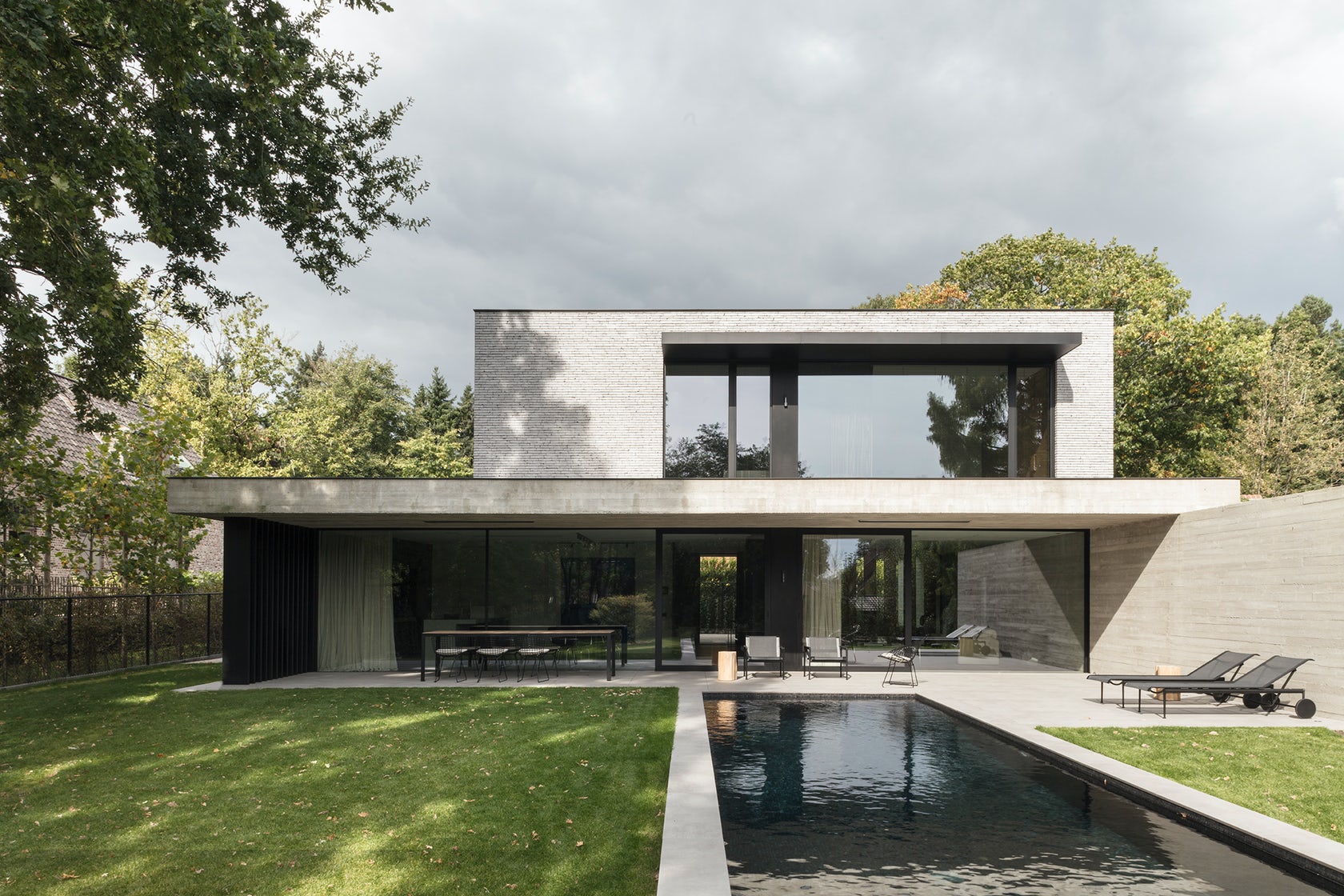
 10. Villa C
10. Villa C
By JUMA architects, Deurle, Sint-Martens-Latem, Belgium
The commission to design a new residential building challenged the architects to develop a compact yet highly livable plan. In response, they dreamed up a cube-like volume, animated by a vivid play of contrasting materials and oriented around open lines of sight. Since the house is located away from the street, JUMA opted to create a visual connection between the front yard and backyard using large glass sections to create transparency.

 9. AER
9. AER
By Emmanuelle Lesgourgues, Onesse-Laharie, France
This dark,, vertically clad wooden home nods to the local vernacular — the aesthetic of barns and other agricultural buildings — native to a grassy area in France’s southwestern region. The double-height living room area is the focal point of the interior space; it also serves as a buffer to the surrounding fields. Two-meter cantilevered, asymmetrical eaves provide protection from the sun’s intensity, while the facing bays offer additional coolness.

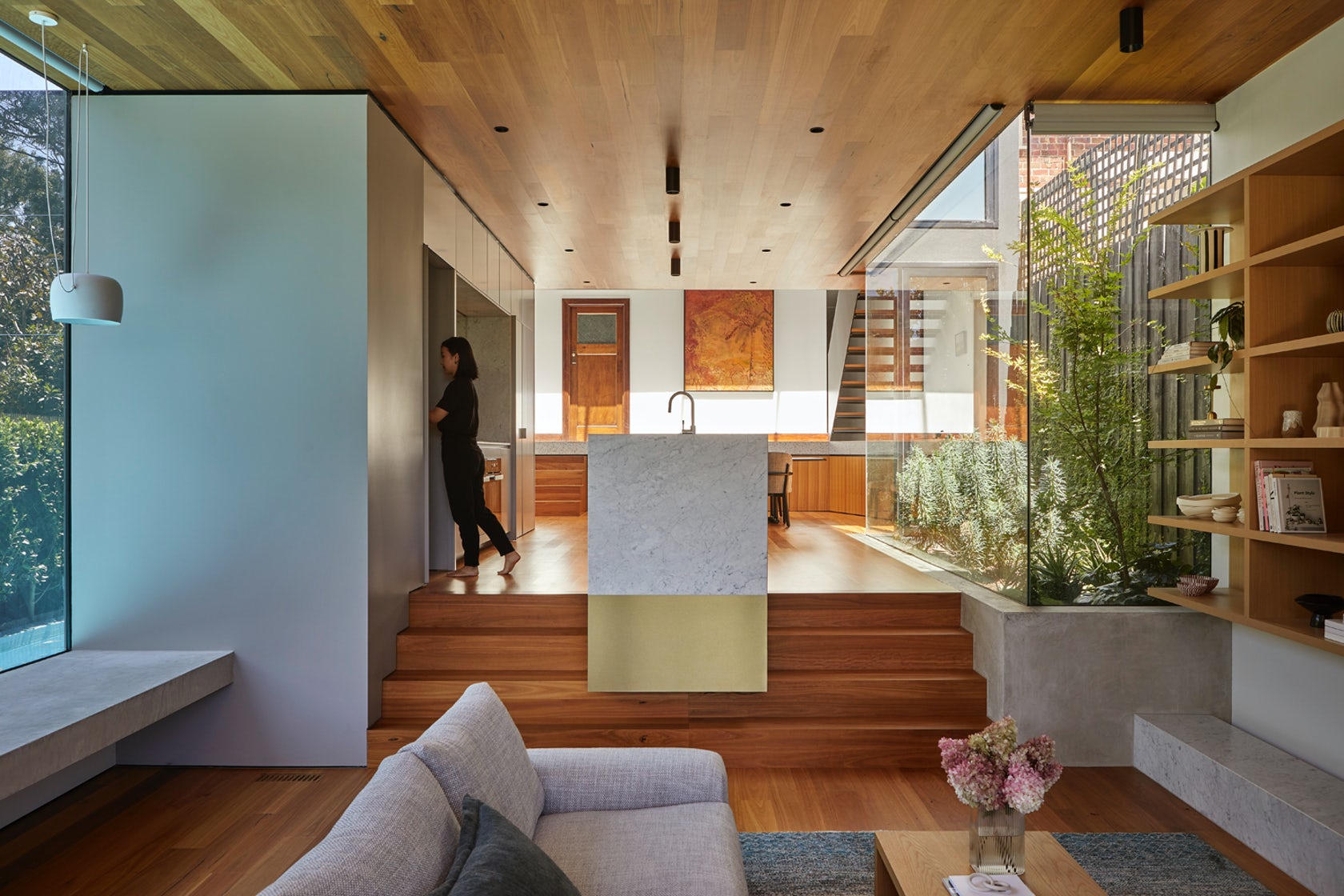 8. Open Shut House
8. Open Shut House
By WALA, Kooyong, Australia
Anticipating a growing family, this two-storey extension considerably expands the semi-detached Inter-war, Art Deco dwelling. The heritage structure is preserved as much as possible, while the new extension announces itself as such, emphasizing the distinction between the two. Generously punctuated with large skylights, windows and courtyards, the new tiered living spaces follow the fall of the land and open up toward the rear garden.
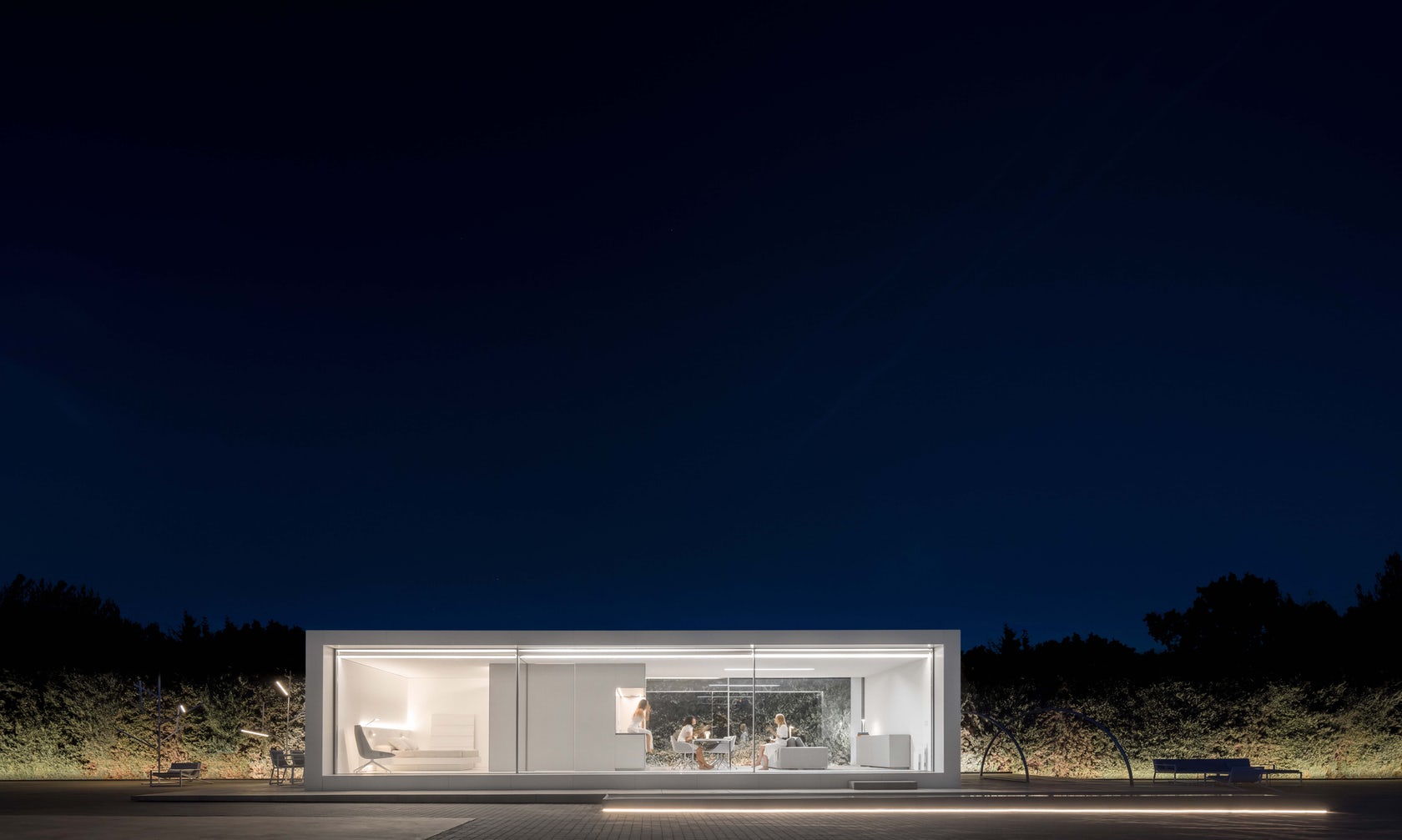
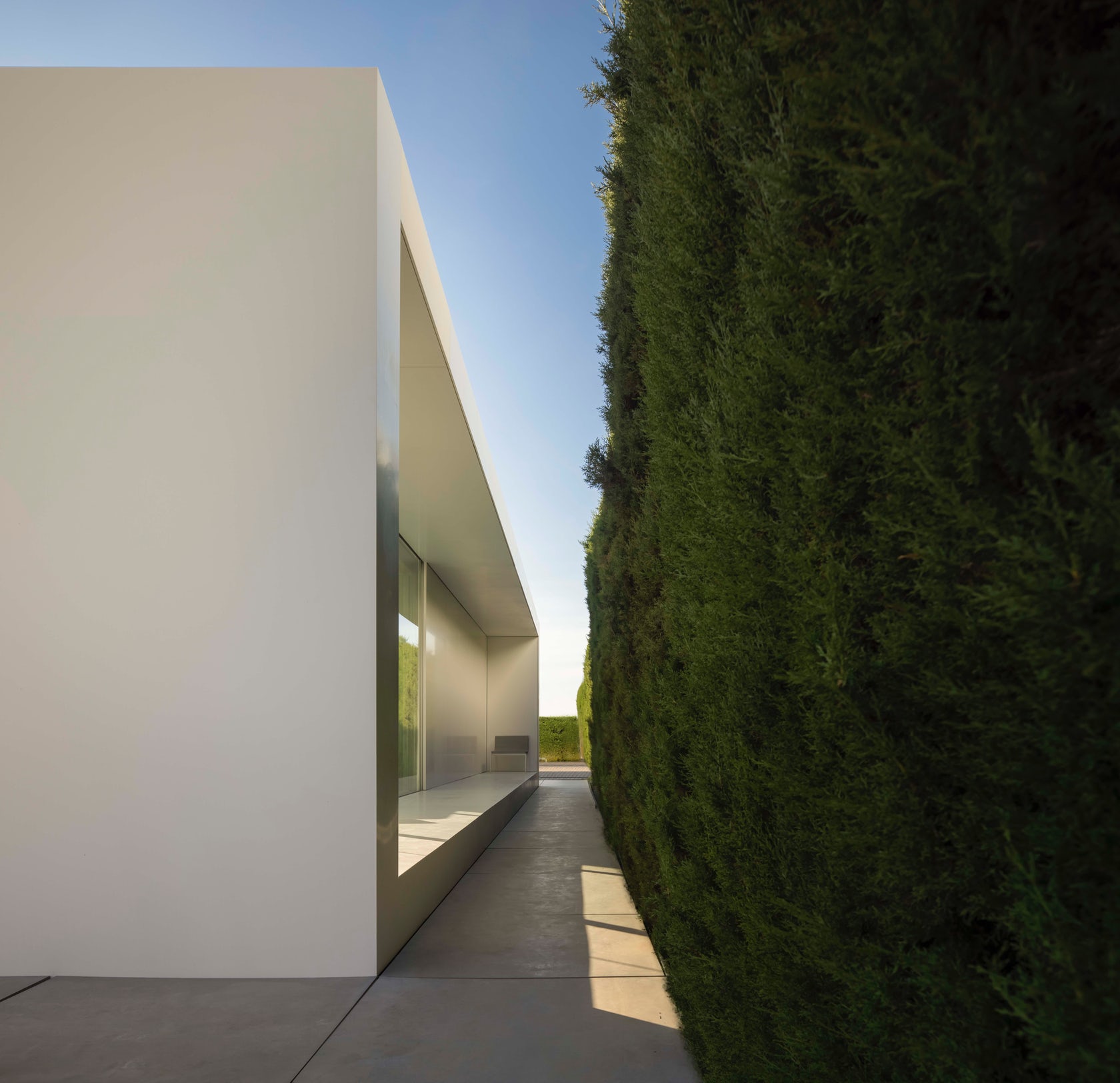 7. NIU N70
7. NIU N70
By Fran Silvestre Arquitectos, Valencia, Spain
With a series of NIU projects, this Spanish firm is exploring innovating construction systems. The N70 is the smallest model in this series, which juxtapose aluminum walls and extruded spaces to open glazing. The goal is to make more sustainable, quicker-to-build homes that promote healthier lifestyles.
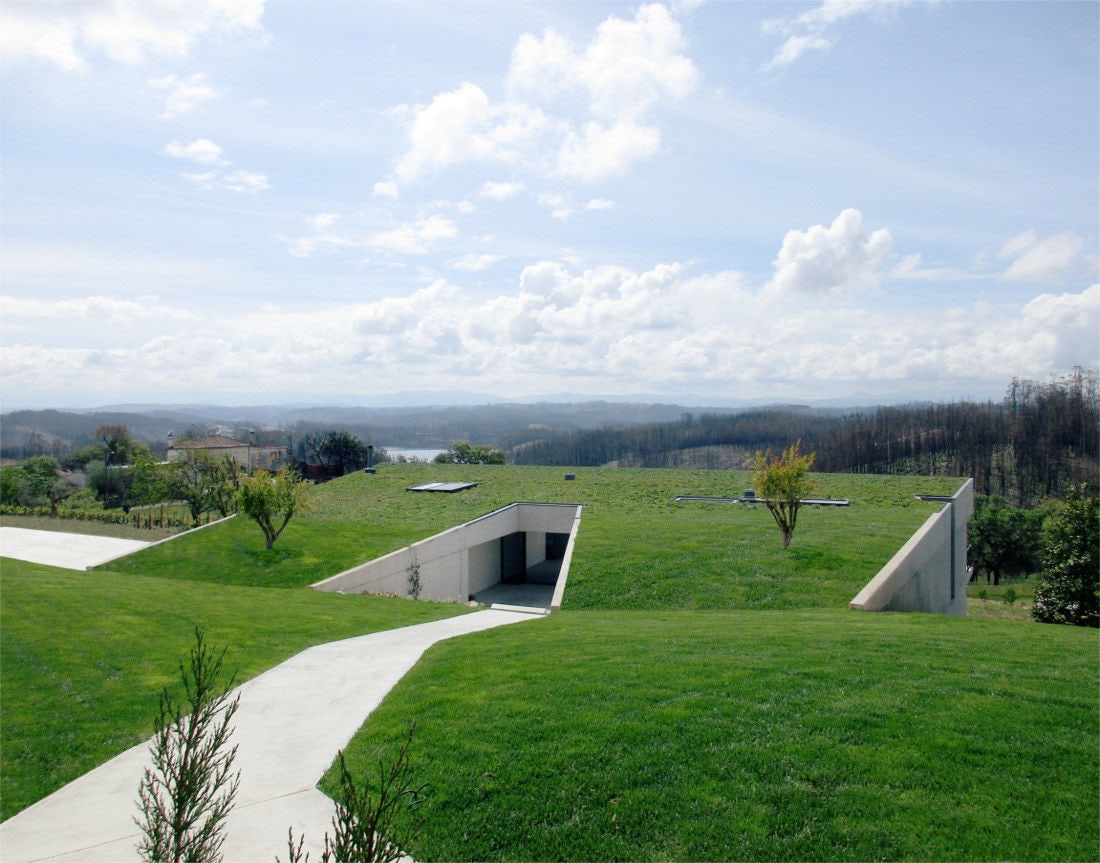
 6. Concrete House in Portugal
6. Concrete House in Portugal
By Utopia – Arquitectura e Engenharia Lda, Almacinha, Portugal
This verdant home emerges from the topography of the land, rising from concrete wall that differentiate structure from hilltop, an entryway is carved into the heart of the building-hill. The interior division of space is relatively simple: all rooms are oriented towards the landscape and the porch. Yet, despite its intricate integration with the landscape, the geometric forms of the outer walls distinguish house from terrain, representing a juxtaposition of the natural from the manmade.
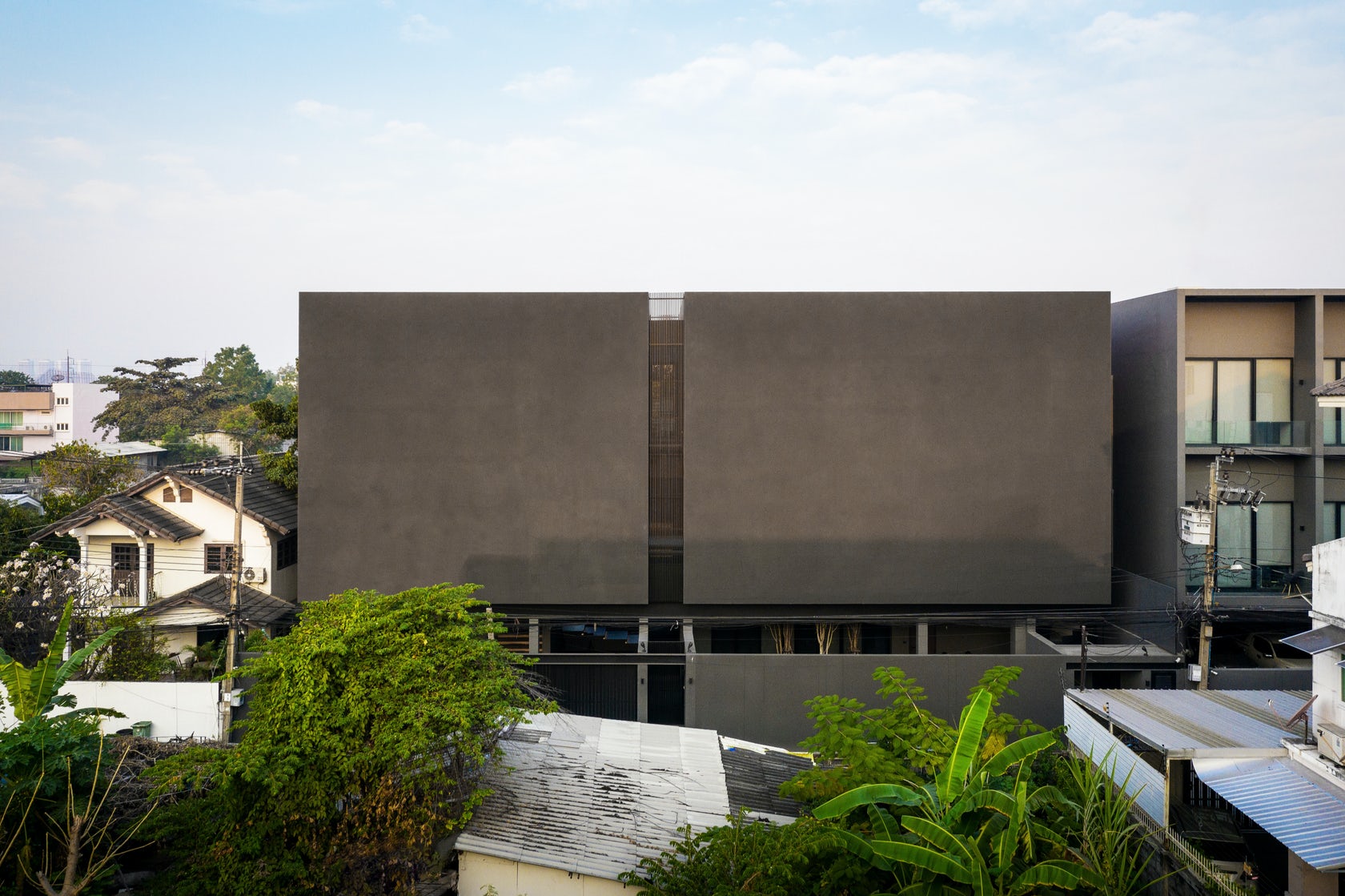
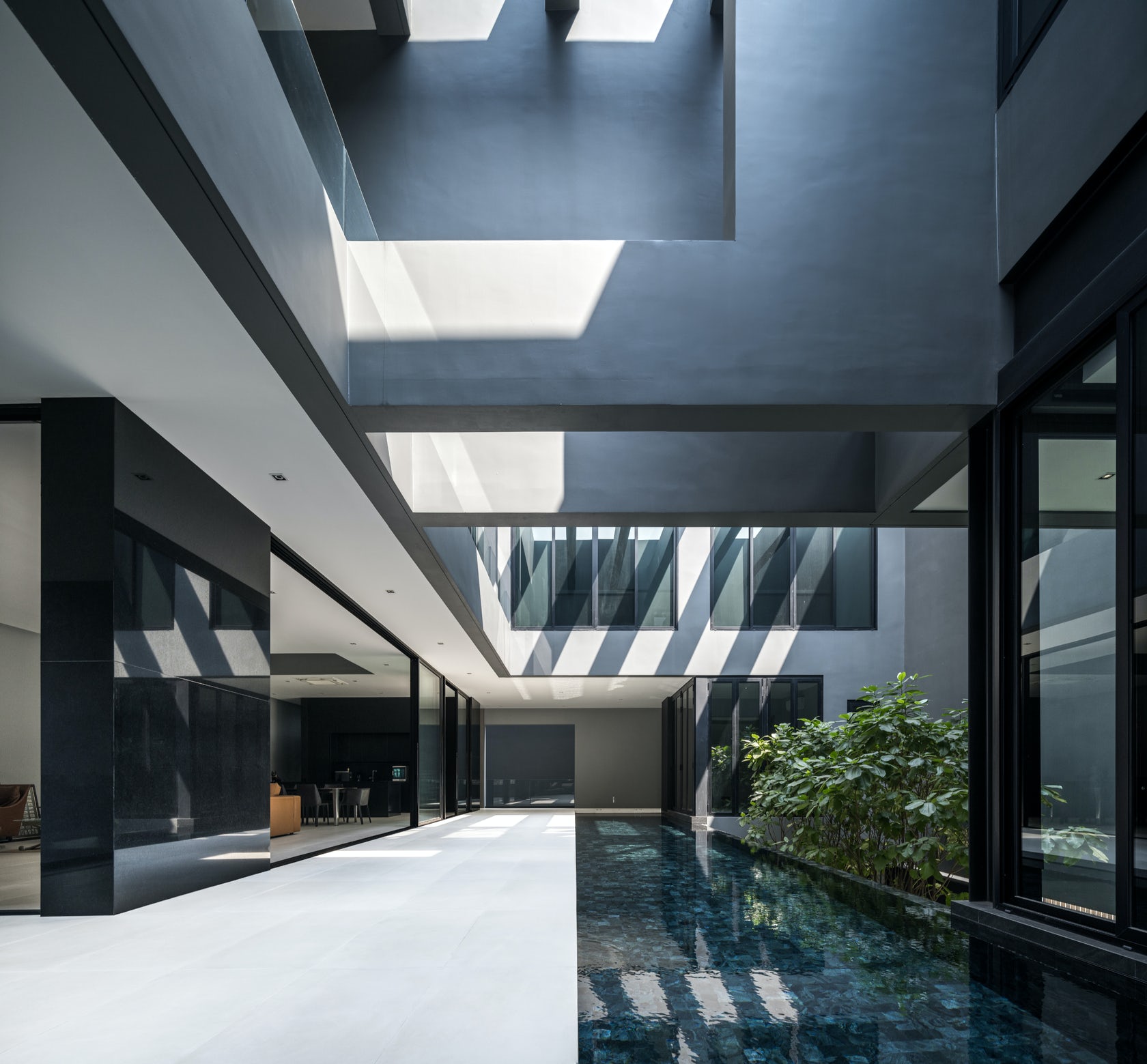
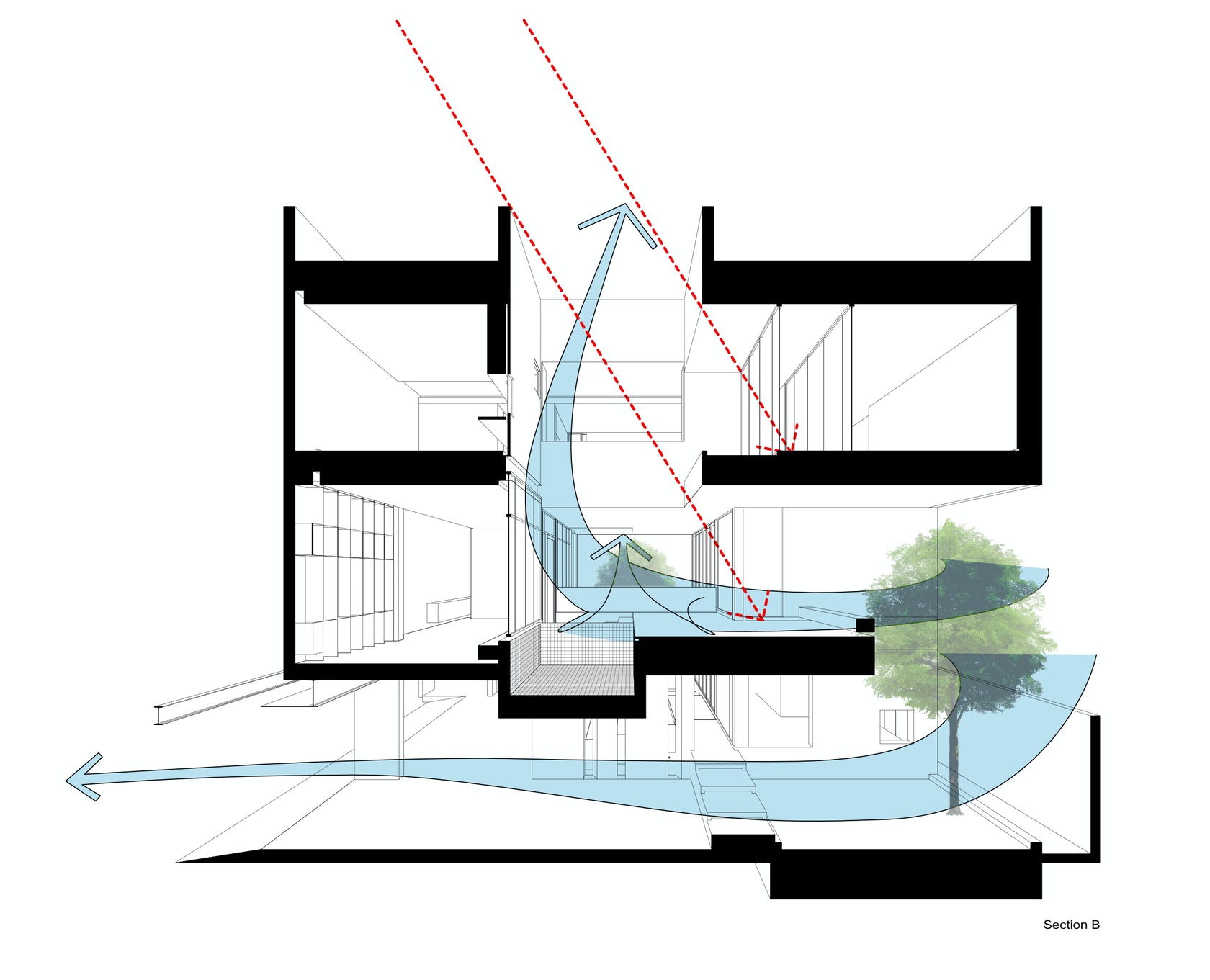 5. Inside-Out House
5. Inside-Out House
By Studio Krubka, Bangkok, Thailand
This project offers universal lessons about building for privacy and noise reduction in highly dense urban areas. Following traditional Thai residential planning, all functions are separated out and arranged in a cluster, joined together by a large common terrace. The design astutely integrates vertical and horizontal layouts to optimize sun and wind for each of the respective areas. Meanwhile, vertically inter-connecting courtyard spaces unite the various areas of the building.

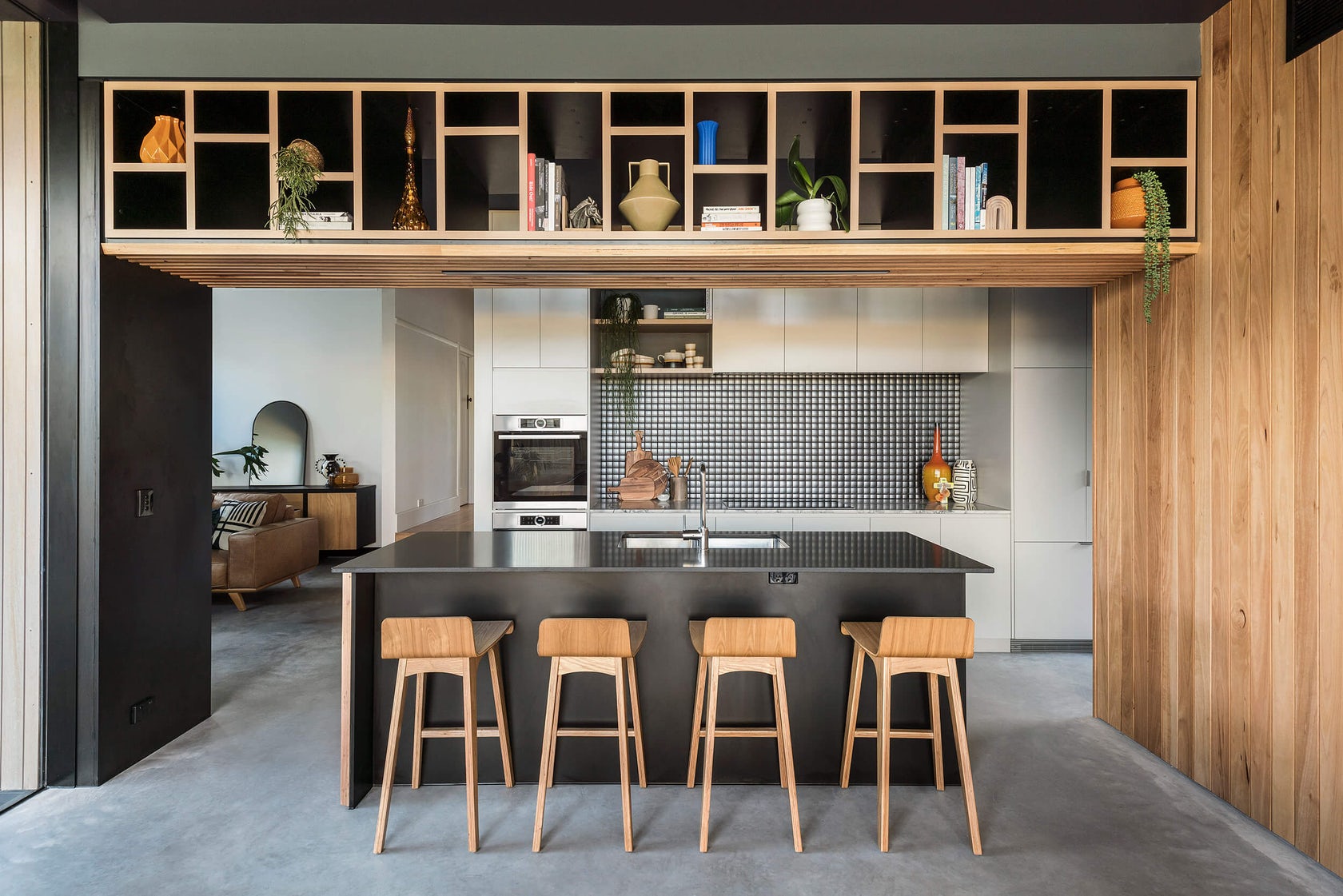 4. Bungalow 8 House
4. Bungalow 8 House
By Splinter Society Architecture, Melbourne, Australia
Over the past 15 years, the Austrian firm Splinter Society Architecture has undertaken a number of bungalow renovations. By this point, they have become adept at enhancing the typically wide corridors, deep front verandas, textured plasterboard, and subtle timber detailing. Driven by affordability and sustainable principles, this adaptive reuse project breaths modern air into a timeless housing style.

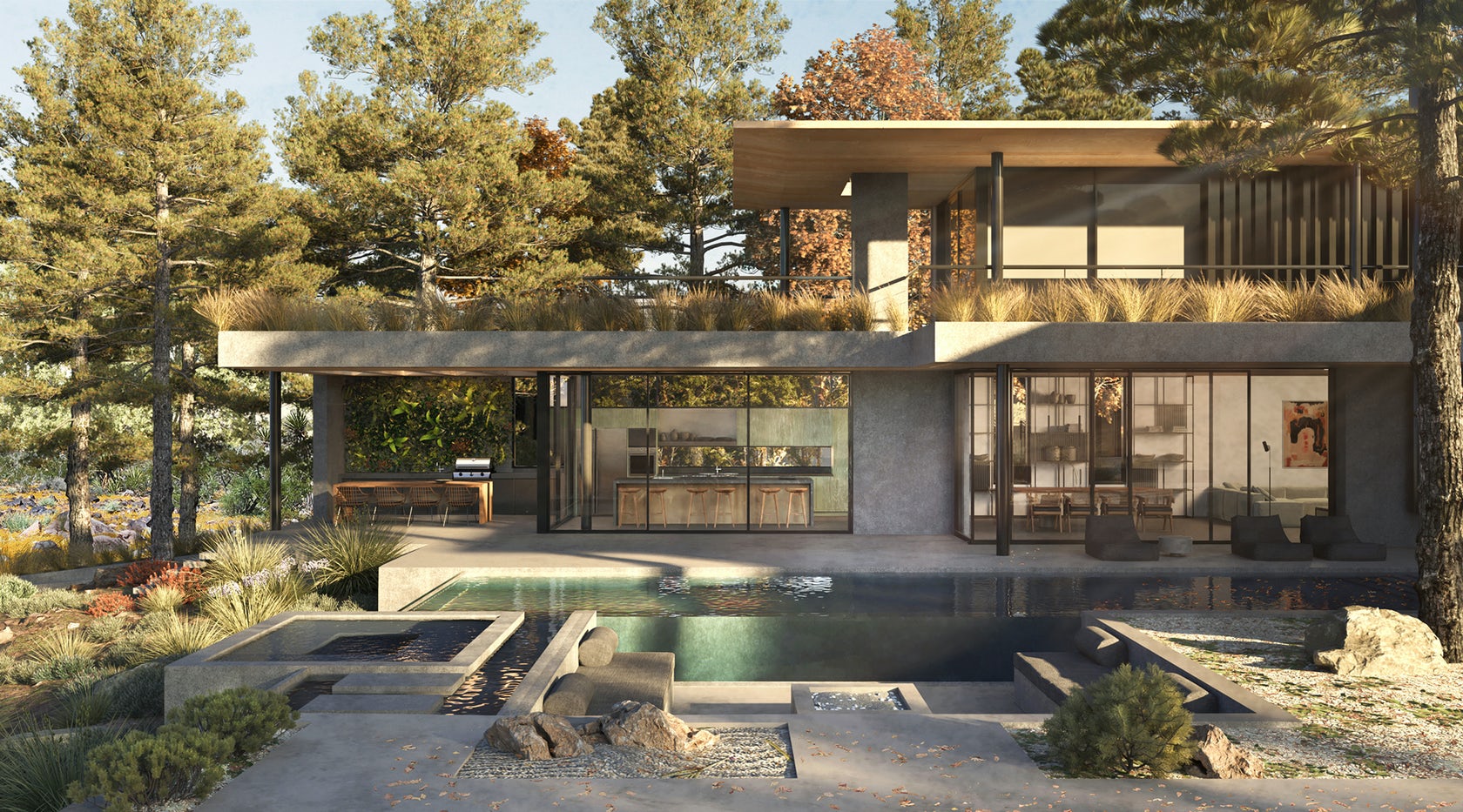
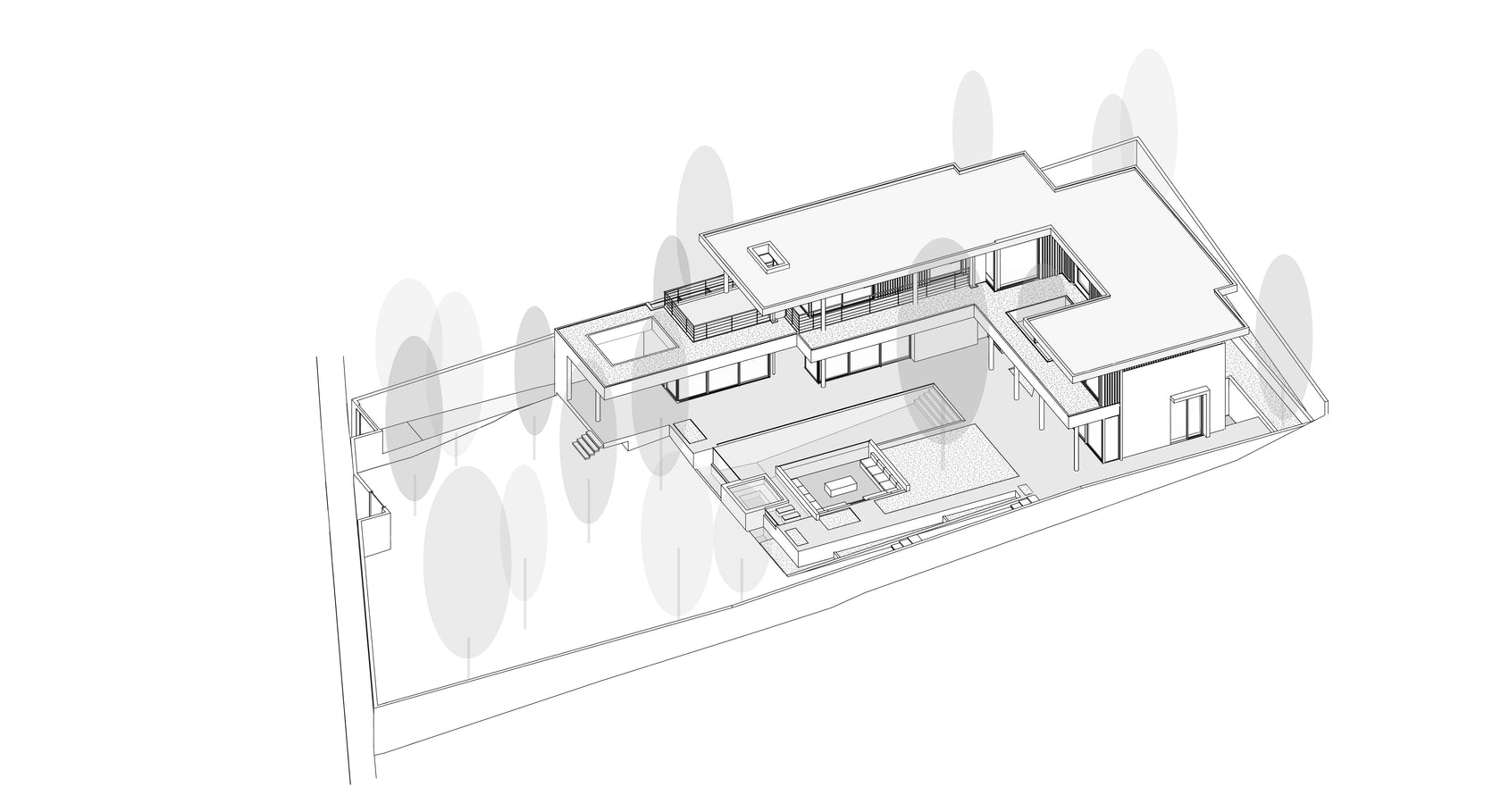 3. Urban Forest Residence
3. Urban Forest Residence
By Pieris.Architects, Kifisia, Greece
Nestled in a leafy residential suburb of Athens, this home was built following Japandi — an architectural approach that fuses Scandinavian and Japanese design sensibilities. Minimalistic concrete volumes are tempered by a soft timber palette and sharp mystic dark-coloured aluminum cladding. Overgrown pine trees envelope the u-shaped residence, lending shade to the impressive patio at its heart.
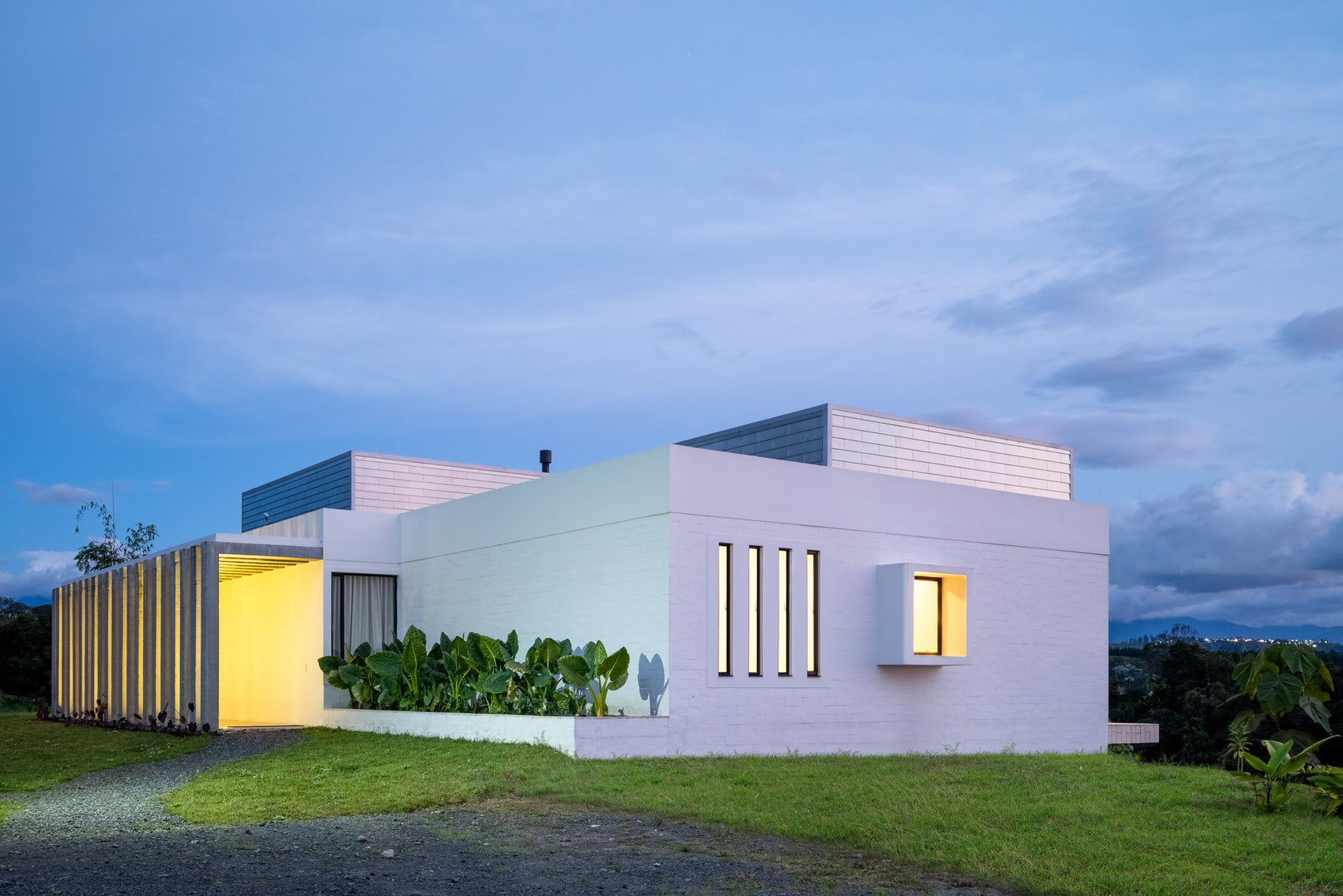
Photos by Yeferson Bernal Santacruz
2. Casa Condina
By Velez Valencia Arquitectos, Pereira, Colombia
Located about 1,700 meters above the sea level , in the heart of Colombia’s coffee region. Both architects are Colombian born and the natural response to the planning of the house was to create a modern version of the traditional Spanish courtyard and allow the spaces to surround it. The material palette is simple but quite innovative. It uses a combination of traditional Colombian brick and introduces for the first time in the country of Colombia a Stainless Steel Shingles Facades.
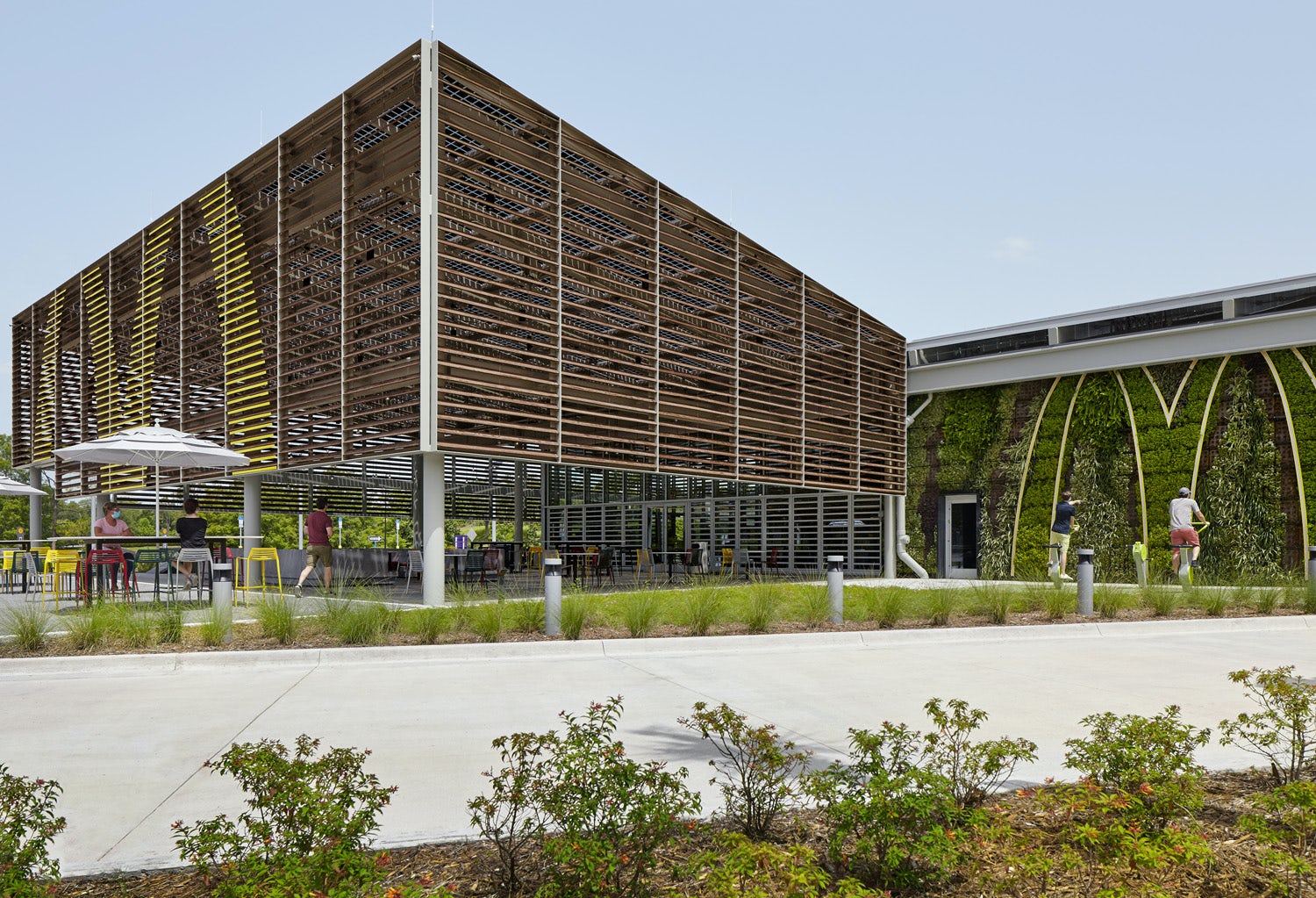
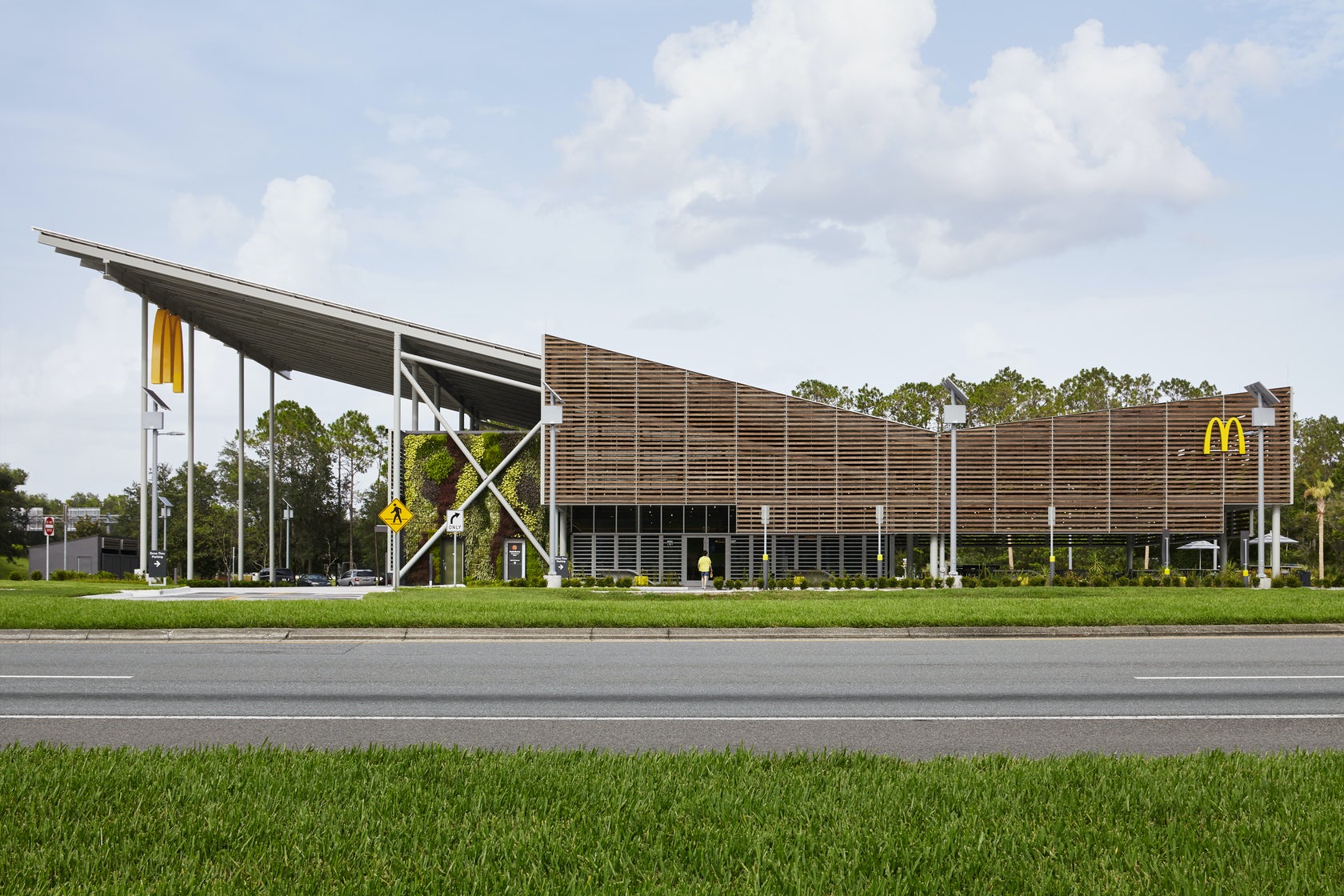
 1. McDonald’s Global Flagship Walt Disney World Resort
1. McDonald’s Global Flagship Walt Disney World Resort
By Ross Barney Architects, Lake Buena Vista, FL, United States
Coming it at first place, the McDonald’s Global Flagship represents the first Net Zero Energy quick service restaurant. Based in Florida’s at Walt Disney World Resort, a soaring canopy clad in solar panels projects over an expansive terrace of outdoor seating. Although the building is naturally ventilated 65% of the time — expressed outwardly in the language of wooden slats — outdoor humidity and temperature sensors can also signal for the jalousie windows to close automatically when air-conditioning is required. A green wall on the outer façade communicates the lofty sustainability goals that the project encompasses. Read more about them on the project page itself!
Architects: Want to have your project featured? Showcase your work through Architizer and sign up for our inspirational newsletters.

